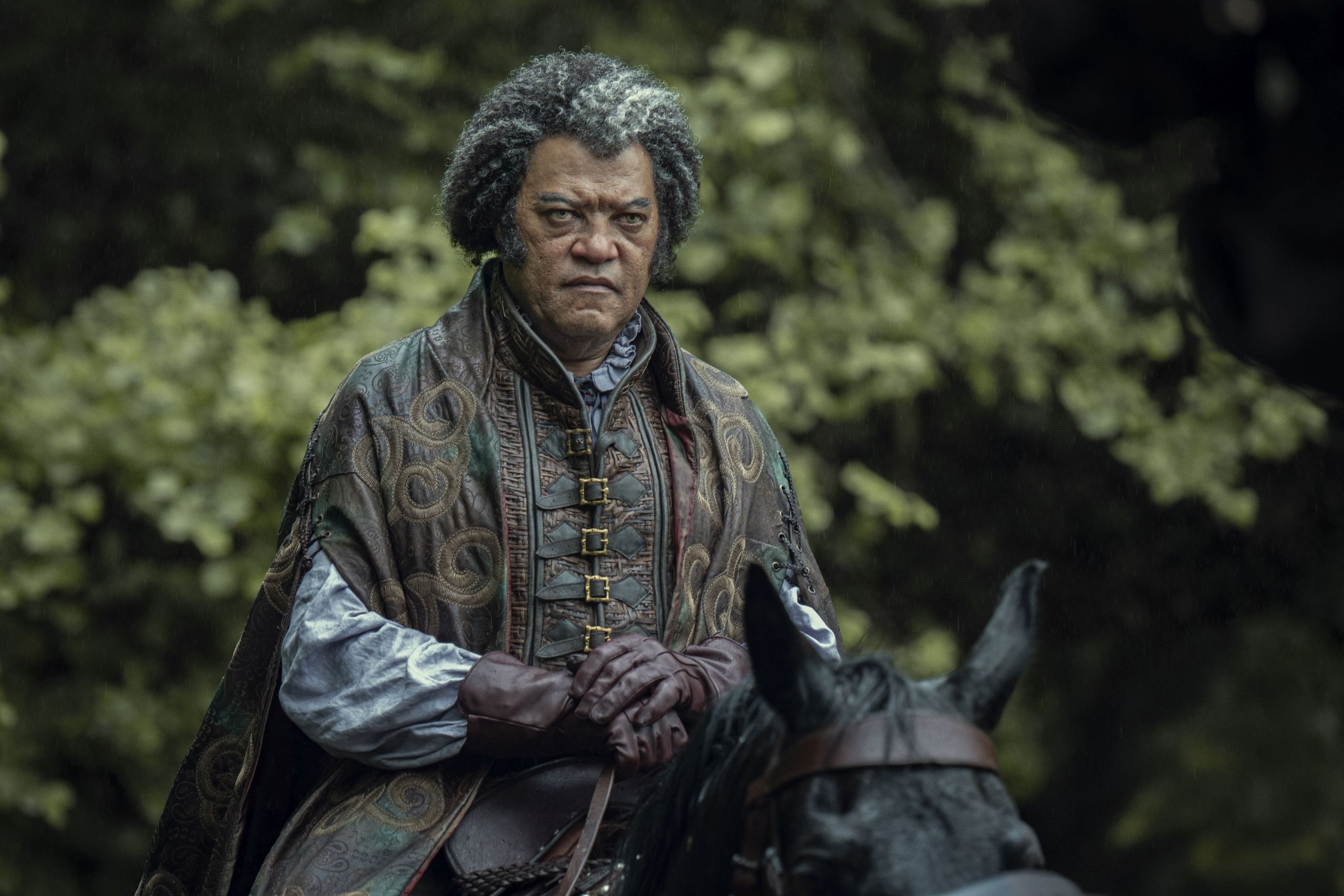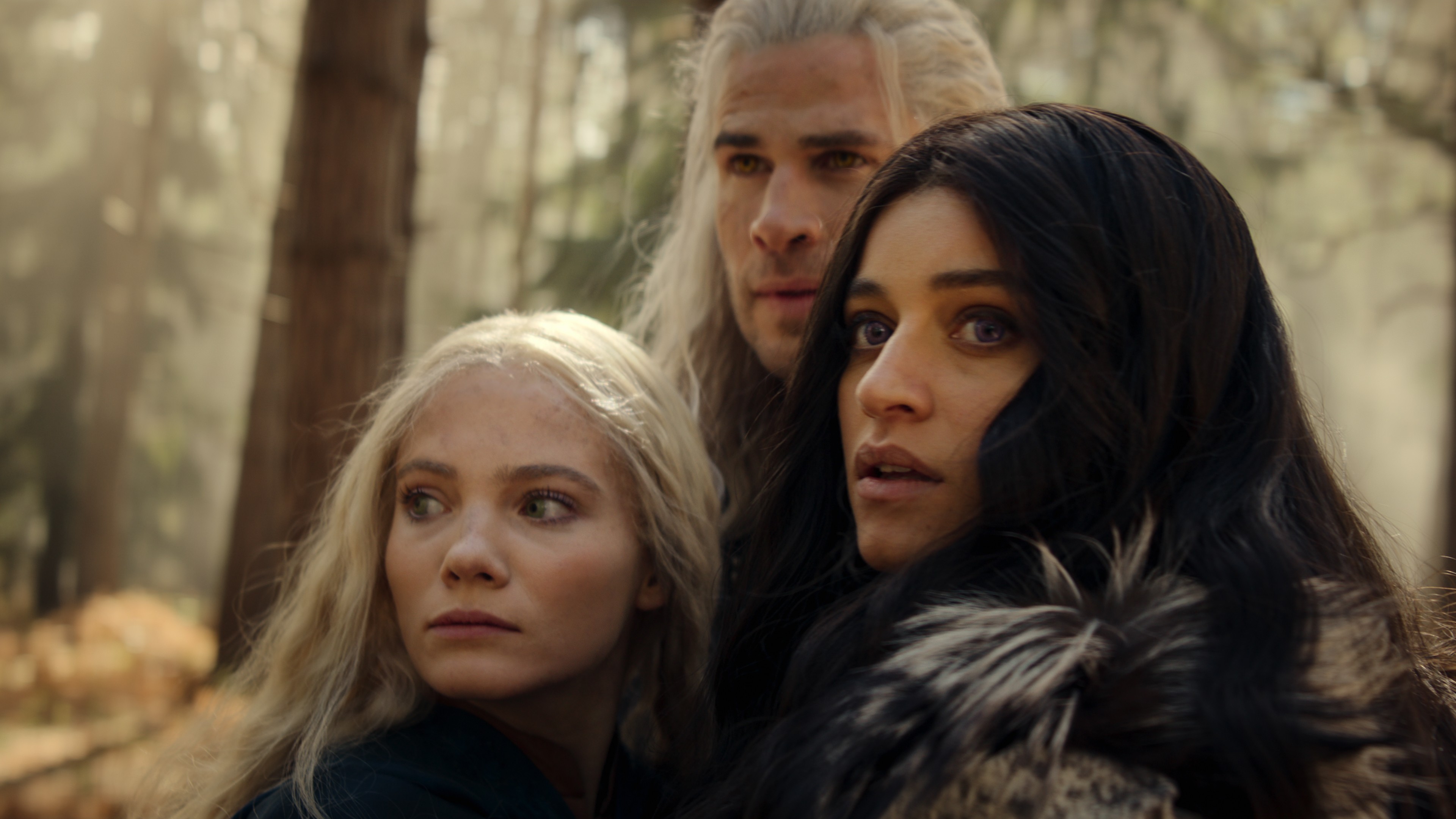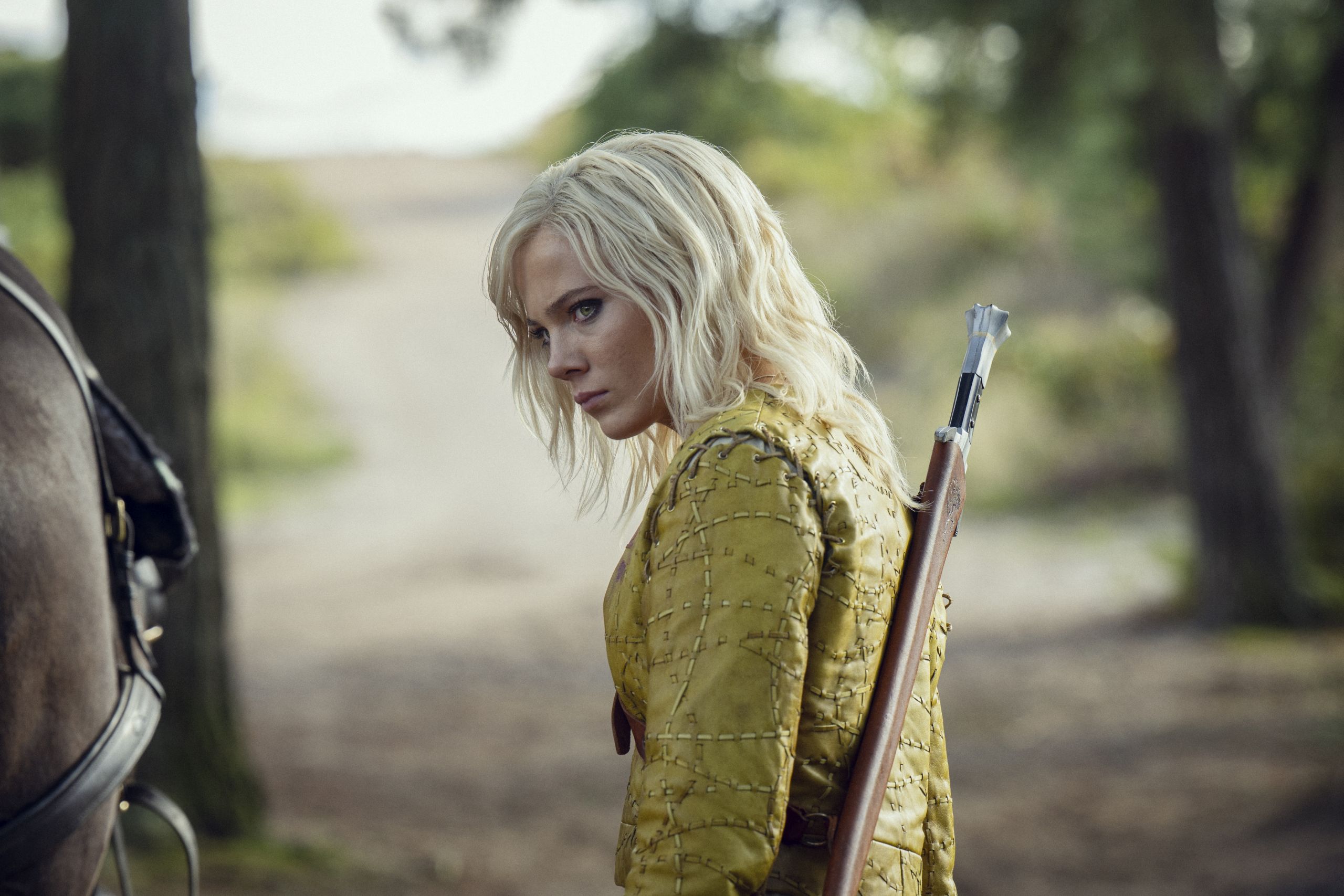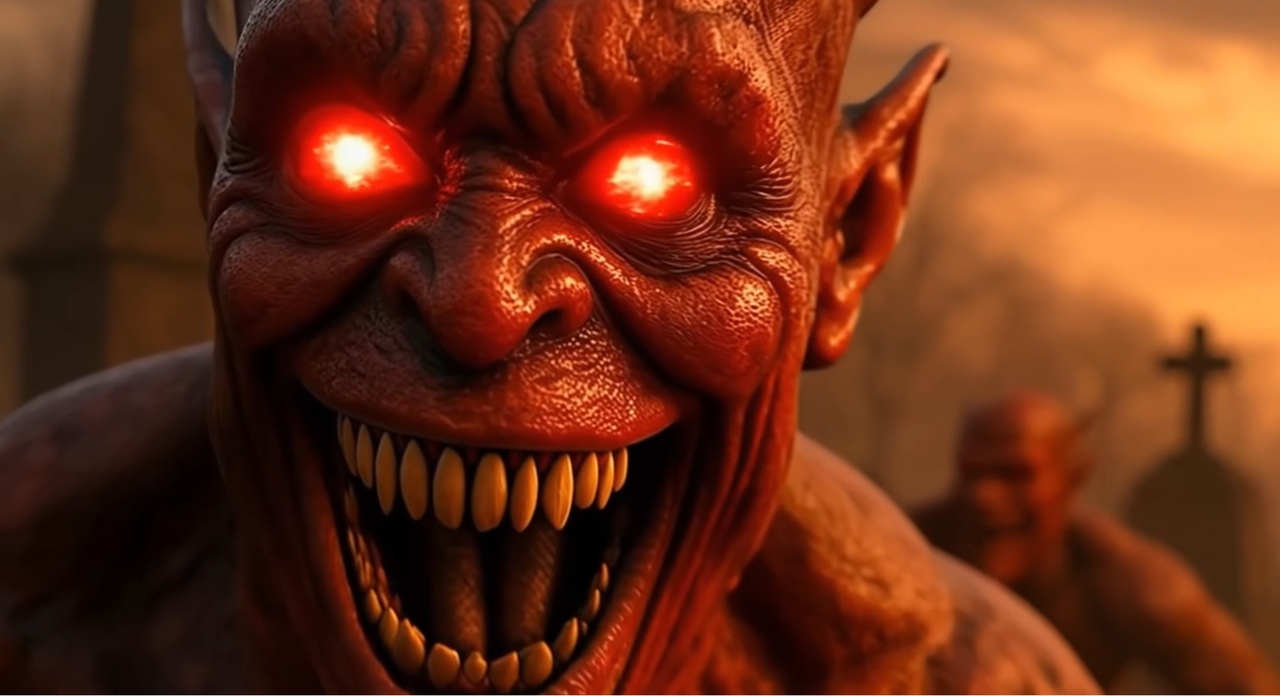The Witcher season 4 review: Liam Hemsworth becomes Geralt in time for The Witcher to fully become an ensemble show where he’s basically supporting cast

While an old storyteller and a young listener retell highlights of the first three seasons of The Witcher, Liam Hemsworth appears as Geralt, inserted into altered versions of familiar events. It’s a fun way to have him replace Henry Cavill as if he’s always been there, and a reminder of a theme central to both the books and the show. These characters are the subject of stories, songs, and gossip in their own world, all contradictory takes on an obscured truth. Later this season we glimpse a pornographic stage show featuring Yennefer of Bang-her-berg and a fake stuffed unicorn. There are a lot of versions of The Witcher saga in both our world and theirs, and the Netflix adaptation is just one among many.
When Jaskier gets around to telling this story in verse, he’s going to cast someone shorter than him as Geralt for sure.
The fifth made me realize he’d been doing a solid job, because episode five isn’t really about Geralt. It’s a campfire episode where the found family he accidentally assembles on his search for Ciri—the Hansa as they’re later dubbed—each take a turn in the firelight. Seeing Geralt as supporting cast in his own show, Hemsworth making space for the other actors, finally brought me on board with him. It took half the season to get there, but it did get there. By the finale I was fully down with Hemsworth as Netflix Geralt even if he doesn’t have the gruffness of Videogame Geralt or the playful philosophizing of Book Geralt.

Episode five is a kind of bottle episode where characters both new and old get to reveal some backstory, their flashbacks told in different styles. (Again, that theme of personal, fallible retellings.) As well as Jaskier singing because of course he does, we get to hear from Laurence Fishburne as Regis and Danny Woodburn as Zoltan, characters beloved by both book readers and game players finally making their debut in the Netflix show.
Both are excellent. A clip of Fishburne as Regis has been taken out of context and dunked on by the internet, but in context he’s great—a fusty academic hermit thrilling in an opportunity to socialize for the first time in years. Woodburn, who may be familiar as Kramer’s friend Mickey in Seinfeld, plays Zoltan as a wild-haired maniac, a classic fantasy dwarf right out of a D&D campaign.
The one member of the Hansa I wasn’t convinced by was Milve. Though I got used to Meng’er Zhang’s stilted delivery by the end, at best she comes across as just another Cool Archery Lady in a genre full of them—even sorceress Sabrina Glevissig becomes one.
Which brings me to the other two-thirds of season four. Yennefer gets an entire storyline about the scattered sorceresses coming together and taking on Vilgefortz and his cronies in a conflict over the future of magic; Ciri joins the guttersnipe gang called The Rats and fully embraces being a rebellious teenage murderhobo.

Bewitched
Yennefer’s arc gives her a mix of Francesca and Philippa’s roles in the books as a way of making sure she has some agency, casting her as the motivating force behind the formation of the Lodge of Sorceresses. Though Vilgefortz’s disfigured face prosthetic seems a bit cheap, the spell battles look so impressive you can see where most of the $220.4 million went. They’re full of teleporting and bone-breaking and magical hammer-swinging, until suddenly they climax in one of those lightshow duels where two people fire beams of colored energy at each other and grunt. It’s a shame to showcase characters using magic inventively for so long and then fall back on a boring visual cliché.
While Geralt and Yennefer are assembling found families, Ciri is thrust into one. The Rats are a skeevy squad of puffed-up thieves—though Christelle Williams as Mistle comes off as a charming scoundrel, the rest are stock drug addicts and creeps. Ciri wanting to get a tattoo and fit in with them is the most believably teenage thing she’s done.

In the books Ciri’s princess-in-hiding period was a chore I pushed through to get back to the other characters, but that’s not the case here. Though the Rats become Robin Hood-esque champions of the poor with unlikely speed, it’s fun to watch them stumblefuck through heists while knowing they’re on a collision course with the season’s villain, Leo Bonhart. The bounty hunter who kills witchers because he likes a challenge is played with greasy verve by Sharlto Copley from District 9, and he’s perfect. Every second he’s on the screen you want someone to stab him, which is as it should be.
From the start, Netflix’s version of The Witcher has combined the short stories about Geralt hunting monsters with the novels about a war as it impacts a growing cast of viewpoint characters. It doesn’t always work, and season three in particular was more miss than hit. Season four throws in a few monsters for Geralt to defeat, but embraces the idea that the world is bigger than one man. I don’t know if that makes it an odd season for a new Darrin to take over or the perfect one, but it works—even if it takes until episode five to get there.




